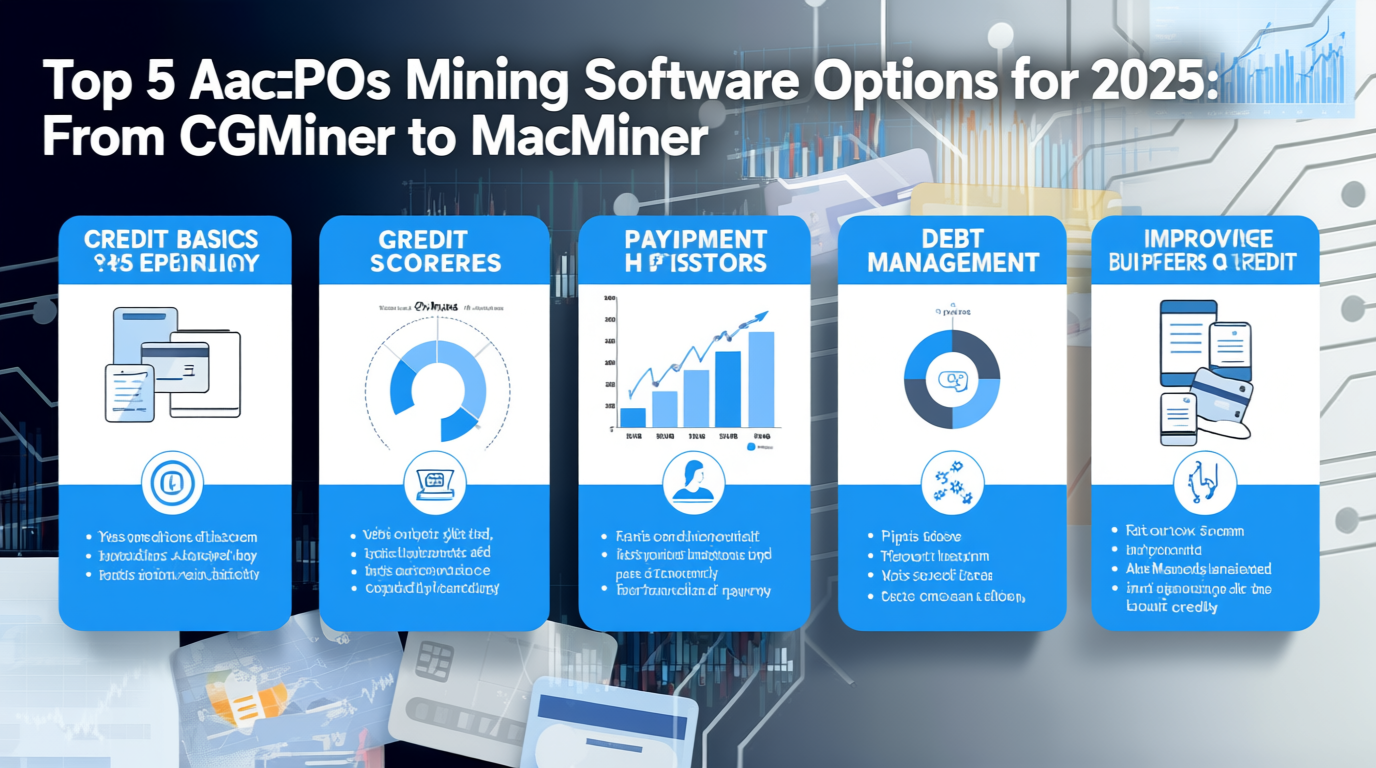As a personal finance expert with over 15 years of experience advising clients on credit rebuilding strategies, I’ve seen firsthand how secured credit cards can transform lives. If you’re new to credit, recovering from setbacks, or simply exploring ways to boost your score, you might be wondering: what are secured credit cards, and how do they work? In this in-depth 2025 guide, I’ll break it down step by step, drawing from the latest insights from trusted sources like Experian, NerdWallet, and Discover. Whether you’re comparing them to unsecured options or hunting for the best picks, this article is your roadmap to smarter credit building.
A secured credit card is a type of credit card that requires an upfront cash deposit, which acts as collateral and typically sets your credit limit. Unlike unsecured cards, where the issuer assumes all the risk, the deposit protects the lender if you can’t pay your balance. This makes secured cards accessible even if you have poor credit, no credit history, or past financial hiccups. In my practice, I’ve recommended them to young adults, immigrants, and those rebuilding after bankruptcy—they’re a low-barrier entry to positive credit habits.
Think of it as training wheels for your credit journey: You use the card like any other (for groceries, gas, or online shopping), but your own money backs it up. Once approved, your deposit is held in a savings account (sometimes earning interest), and you can request a refund when you close the account in good standing or upgrade to an unsecured card.
How Do Secured Credit Cards Work?
Secured cards function similarly to traditional credit cards, but with a safety net:
Application and Deposit: Apply online or in-branch. Approval is easier since the deposit minimizes risk—many issuers don’t require a minimum credit score. Deposits range from $49 to $5,000, often equaling your credit limit (e.g., $200 deposit = $200 limit).
Usage and Payments: Make purchases up to your limit. Pay your bill monthly—ideally in full—to avoid high interest (often 20-30% APR). Activity reports to Equifax, Experian, and TransUnion, helping build your credit history.
Building Credit: Responsible use (on-time payments, low utilization under 30%) boosts your FICO or VantageScore. Many issuers review accounts every 6-12 months for upgrades, refunding your deposit.
Graduation Path: After 7-12 months of good behavior, you may qualify for an unsecured card, getting your deposit back without closing the account.
From client stories, it often takes 6-12 months to see a 50-100 point score increase, but results vary based on starting point and habits.
Pros and Cons of Secured Credit Cards
Like any tool, secured cards have trade-offs. Based on 2025 data, here’s a balanced view I’ve used to guide hundreds of clients:
Pros
Easier Approval: Ideal for bad or no credit—no hard credit check for many, and deposits reduce issuer risk.
Builds Credit Effectively: Reports to all three bureaus, impacting 35% of your score (payment history) positively with on-time payments.
Controlled Spending: Limit tied to deposit prevents overspending; teaches discipline.
Refundable Deposit: Get it back upon upgrade or closure—plus potential interest on some cards.
Rewards Potential: Many now offer cash back, unlike early secured cards.
Cons
Upfront Cost: $200+ deposit ties up funds (though refundable).
High Fees/Interest: Possible annual fees ($0-50) and steep APRs if you carry a balance.
Lower Limits: Starts small, limiting big purchases until you build history.
Risk of Negative Impact: Late payments hurt your score just like any card.
Overall, pros dominate for beginners—clients often graduate within a year, unlocking better rates on loans or apartments.
Best Secured Credit Cards of 2025
After reviewing 2025 offerings from NerdWallet, U.S. News, and Credit Karma, here are my top picks for building credit. I prioritized low deposits, no annual fees, rewards, and upgrade paths. (Rates/APRs as of October 2025; subject to change.)
Card NameMin. DepositAnnual FeeRewards/APRKey PerkBest ForDiscover it® Secured Credit Card$200$02% cash back at gas/restaurants (up to $1,000/quarter), 1% elsewhere; 28.24% Variable APRCashback Match first year; auto-review for unsecured upgrade after 7 monthsRewards seekers; easy graduationCapital One Platinum Secured Credit Card$49 (for $200 limit)$0None; 29.99% Variable APRPossible deposit refund after 6 months; credit line increase reviewLow upfront cost; no rewards neededU.S. Bank Secured Visa® Card$300$0None; 29.24% Variable APRDeposit earns interest (up to 4.5%); flexible due datesSavers wanting interest on depositCapital One Quicksilver Secured Cash Rewards$200$01.5% unlimited cash back; 29.99% Variable APR5% on travel via Capital One; potential unsecured upgradeEveryday rewardsCiti® Secured Mastercard®$200$0None; 25.24% Variable APRWorldwide acceptance; free FICO score accessSimple, no-frills building
These stand out for their value—e.g., Discover’s rewards make it a “keeper” even post-upgrade, per Reddit users. Always prequalify to avoid hard inquiries.
Secured vs. Unsecured Credit Cards for Building Credit
Both can build credit, but they’re suited to different stages. Unsecured cards (no deposit) are standard but harder to get with bad credit. Here’s a 2025 comparison:
FeatureSecured Credit CardsUnsecured Credit CardsDeposit RequiredYes ($49-$5,000; refundable)NoApproval OddsHigh (even with 300-580 score)Lower; needs 580+ scoreCredit LimitsTied to deposit (low start)Higher, based on income/creditFees/APROften $0 annual; high APR (25-30%)Varies; potentially lower with good creditRewardsEmerging (cash back on some)More robust (travel, points)Best For BuildingBeginners/no credit; quick history startEstablished users; long-term perks
Secured cards edge out for newbies—easier access means faster reporting to bureaus. Once your score hits 650+, transition to unsecured for better rewards. Avoid “fee-heavy” unsecured cards for bad credit; they’re often predatory.
Step-by-Step Guide: How to Get and Use a Secured Credit Card in 2025
Follow this proven process from my client playbook:
Check Your Credit: Pull free reports from AnnualCreditReport.com. If under 600, secured is ideal.
Choose a Card: Use prequalification tools on issuer sites (e.g., Capital One, Discover) to match without dinging your score.
Apply and Deposit: Submit app with SSN/income info. Fund deposit via bank transfer (1-2 days processing).
Use Responsibly: Charge small amounts (e.g., $20-50/month), pay in full/on time. Keep utilization <30%.
Monitor Progress: Track via free apps like Credit Karma. Expect updates in 1-2 months.
Upgrade or Exit: After 6-12 months, request review. Keep the account open post-upgrade for history length.
Pro Tip: Pair with budgeting apps to avoid interest—paying minimums only builds debt.
Common Myths About Secured Credit Cards Debunked
Myth: They’re Like Prepaid Cards: No—prepaids don’t build credit; secured do via bureau reporting.
Myth: High Fees Everywhere: Many (like Discover) have $0 fees; shop wisely.
Myth: No Rewards: 2025 options like Capital One Quicksilver prove otherwise.
Myth: Deposit Is Lost: Fully refundable with good standing.
FAQs: Top Questions on Secured Credit Cards
Do Secured Credit Cards Build Credit?
Yes—on-time payments and low utilization can raise scores 50+ points in months, reporting to all bureaus.
What’s the Minimum Deposit for a Secured Card?
Starts at $49 (Capital One), but $200 is common for most.
Can I Get a Secured Card with Bad Credit?
Absolutely—designed for scores as low as 300.
How Long Until I Graduate to Unsecured?
Typically 6-12 months with responsible use.
Are There Rewards on Secured Cards?
Yes, like 1.5-2% cash back on top picks—better than nothing while building.
Final Thoughts: Are Secured Credit Cards Right for You in 2025?
Secured credit cards are a smart, low-risk way to build or rebuild credit in 2025, especially if unsecured options are out of reach. They offer accessibility, reporting power, and a clear path to graduation, often with emerging rewards. However, success hinges on discipline—treat them like cash to avoid pitfalls.
This guide pulls from authoritative 2025 sources like Bankrate, Experian, and U.S. News for reliable advice. For tailored recommendations, consult a financial advisor or use issuer prequals. Ready to start? Check your credit today and apply for a secured card—your future self (and wallet) will thank you!

